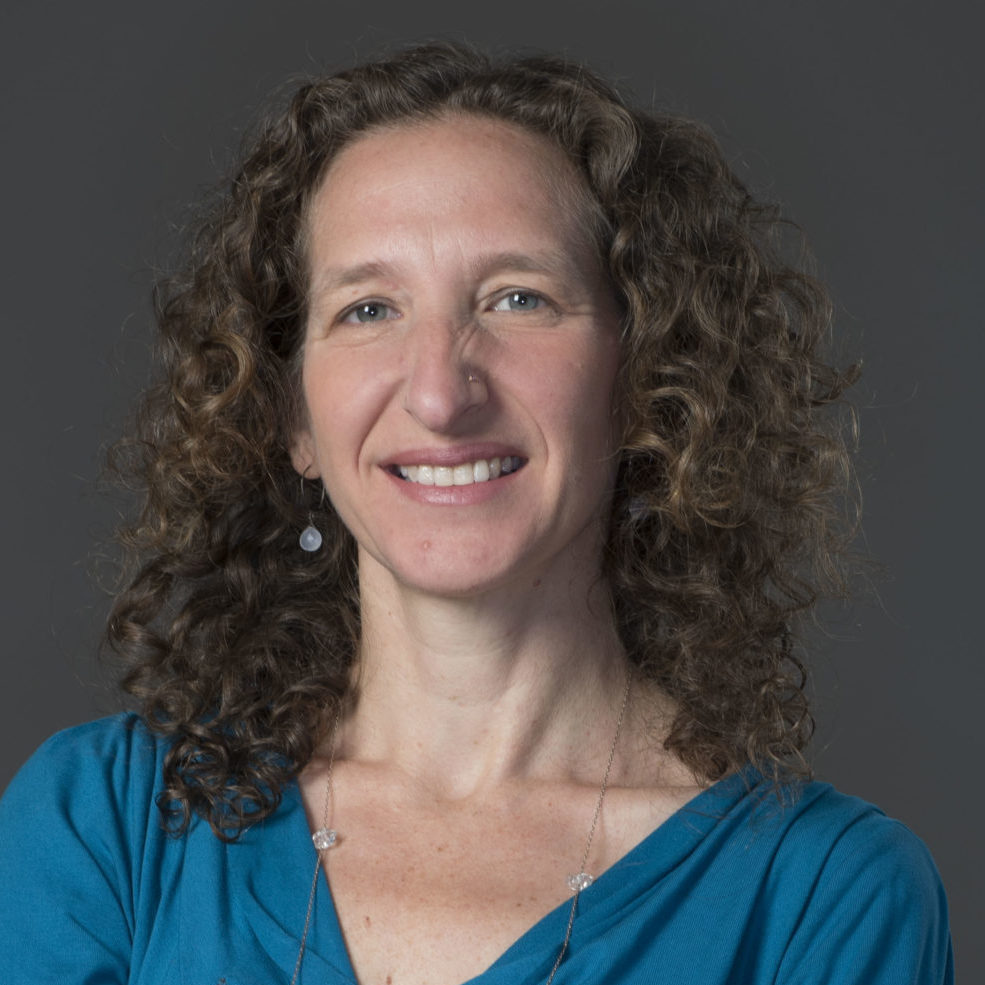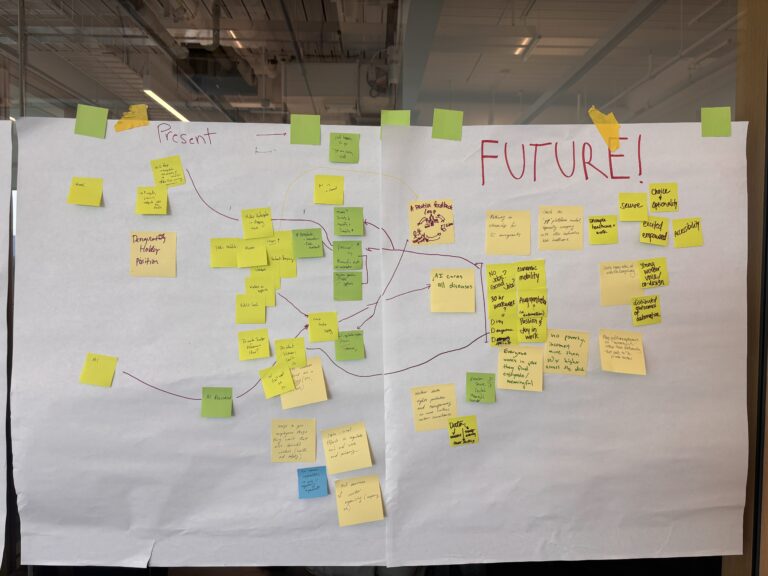
Computational thinking has been embraced as a tool to bring computer science into K-12 classrooms. Increasingly, teachers have come to see this approach as a way to teach broader problem solving and thinking strategies. However, there are still questions about its role in supporting teaching and learning in other disciplines.
Dr. Aman Yadav and Dr. Ceren Ocak of Michigan State University Computer Science, along with Amber Oliver, of the RobinHood Learning + Tech fund — both Siegel Family Endowment grantees — address this question in a recent publication for TechTrends. In a comprehensive literature review, they propose that computational thinking provides not only a foundation for computer science, but also for teaching metacognitive strategies – “thinking about thinking” – which are important for academic success in a broader range of disciplines.
The notion of “computational thinking” predates computer science. Long before the discipline of computer science came into being, Ada Lovelace, who with Charles Babbage designed the first programs for a programmable computer in the 1840s, described computing as a new “science of operations.” Thinking through problems as steps, along with subroutines, sequences, and a debugging mindset, is one of the oldest characterizations of computer science. It’s also an approach to problem solving that’s relevant across domains, both online and offline.
In their most recent paper, Computational Thinking and Metacognition, Yadav et al suggest that when a student is asked to articulate and express a problem in a recordable, transmittable way, as one must when writing computer code, they also rely on and develop “metacognitive” skills, that is the ability to reflect on their own understanding of (and approach to) the problem. Students with stronger metacognitive skills tend to outperform others on complex problem solving, even if they had a weaker aptitude within a particular subject area.
Computational thinking involves skills of “abstraction, decomposition, algorithmic thinking and debugging,” breaking thinking into steps and sequences. That requires strategizing, understanding why one has selected a strategy, and thinking about how to adapt that strategy when something goes wrong. Students learn to look at their thinking about a problem as part of the problem they need to tackle. As they move toward bridging the gap between abstractions and solutions, the student is reflecting on and adjusting these mental frameworks and strategies.
It’s here that computational thinking overlaps with metacognition, and where the authors find promise in expanding the computational thinking into a wider range of disciplines. The authors ask us to consider how teachers might be supported in developing these skills – and how to find the best places within the K-12 curriculum to make use of this relationship.
Siegel Family Endowment has a long history of strengthening computational thinking activities in K-12 classrooms and beyond. We co-founded Robinhood’s Learning + Tech Fund, which shares our belief that the benefits of bringing computers into our schools extend beyond creating the next generation of computer programmers, to the myriad of higher-order thinking, problem-solving, collaboration and communication skills. The Fund aims to impact thousands of students and teachers by investing in the systems that will support educators to effectively deliver computing education to all students. Correspondingly, our partnership with Michigan State University helps us better understand the metacognitive strategies that successful problem solvers use and how we can support the development of metacognition for elementary students through computational thinking.
This is an exciting collaboration with Michigan State University and an important part of Robinhood Learning + Tech Fund’s effort to contribute to the research base around computational thinking. In thinking about the relationships between the fundamentals of digital life – code and computing – and broader intellectual strategies, we see promising questions for how to prepare more students and teachers to be active and invested contributors to that changing society.
Read the full publication in Tech Trends.

Aman Yadav is a Professor in the College of Education and the Director of Masters of Arts in Educational Technology program at Michigan State University. In addition to a Ph.D. in Educational Psychology and Educational Technology, he holds a bachelors and masters in Electrical Engineering. His teaching and research focuses on computational thinking, computer science education, and problem-based learning.

Ocak currently works as a Research Associate in the Counseling, Educational Psychology, and Special Education Department (CEPSE) at Michigan State University. Her research focuses on embodied learning, ecological embodiment, and computer science education.

Amber Oliver is Managing Director of the Robin Hood Learning + Technology Fund, a collaboration between Robin Hood, Overdeck Family Foundation and Siegel Family Endowment to transform learning for low-income students with technology. Previously, Amber was the COO of GripTape, where she helped build a strategy to put 1M youth in the driver’s seat of their own learning. Amber also served as the VP of Globaloria, now Proto and part of Carnegie Learning, which helped thousands of students become knowledge-producers as they learned to design and code their own educational games. Amber has also held positions at UNICEF, the United Nations Secretariat, The World Bank, the Economist Intelligence Unit, and led efforts in Bangladesh, France, India, Niger and Senegal. She holds a Master’s degree in International Affairs from Columbia University and a Bachelor’s degree from Brown University.





